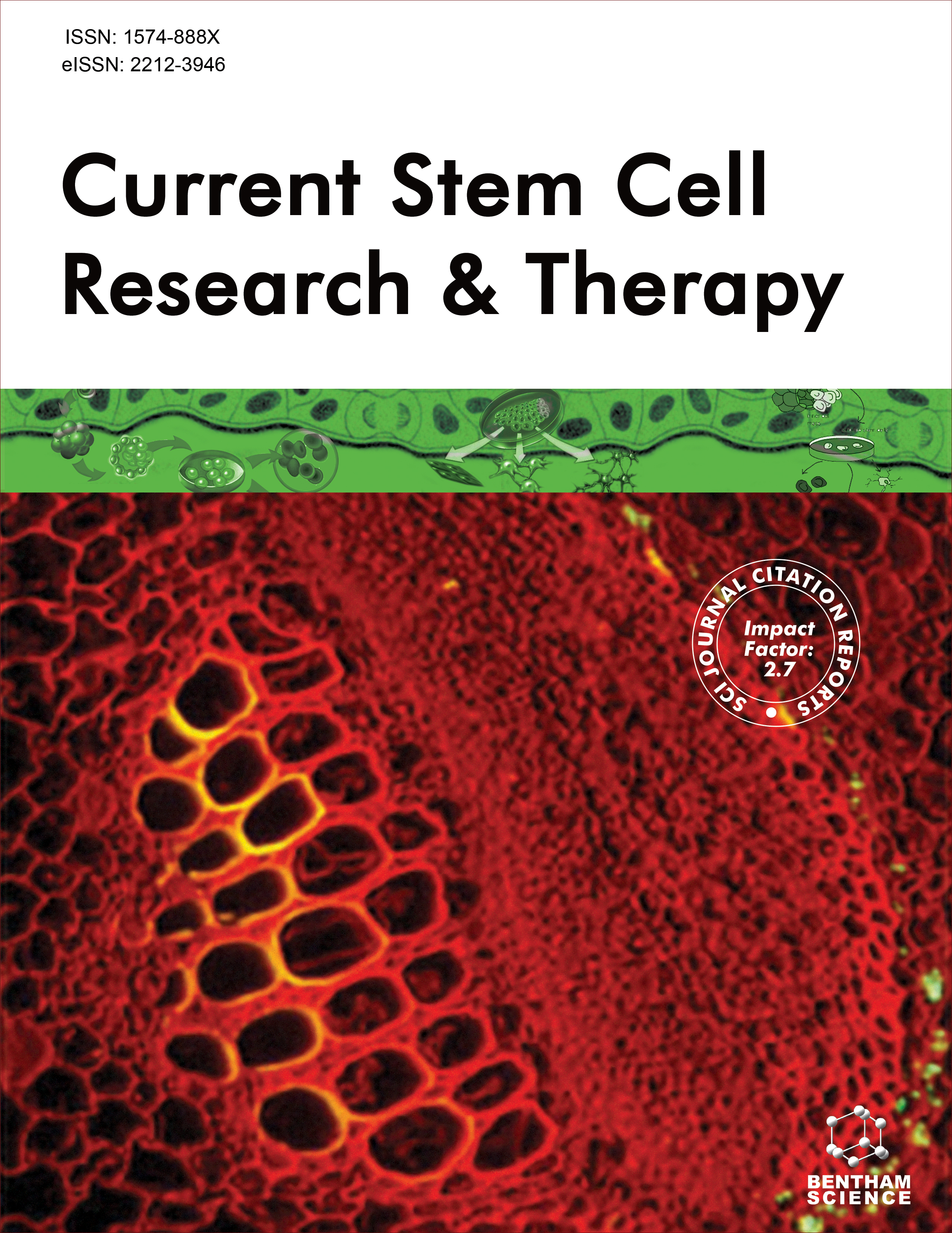-
oa Control of Stemness by Fibroblast Growth Factor Signaling in Stem Cells and Cancer Stem Cells
- Source: Current Stem Cell Research & Therapy, Volume 4, Issue 1, Jan 2009, p. 9 - 15
-
- 01 Jan 2009
Abstract
Since the discovery of stem cells, scientists have invested tremendous effort in establishing in vitro culture conditions in order to maintain the self-renewal and efficient proliferative capabilities of stem cells by manipulating a variety of growth factors. Fibroblast growth factor (FGF) is one of the most common growth factors used to expand stem cells, including human embryonic stem (hES) cells and several tissue type-specific stem cells. Moreover, it has been recently recognized that FGF is useful for culturing cancer stem cells derived from various types of human tumor tissues, such as brain and breast tumors. The molecular mechanisms underlying the control of stemness by FGF have remained elusive for a long time. The main signal transduction pathway initiated at the FGF receptors leads to the activation of Ras/ERK pathways via the control center FRS2α. Recent emerging evidence suggests that the FGF-ERK axis controls stemness via multiple modes of action. I would like to summarize current understanding of this subject from recent discoveries in this field.


